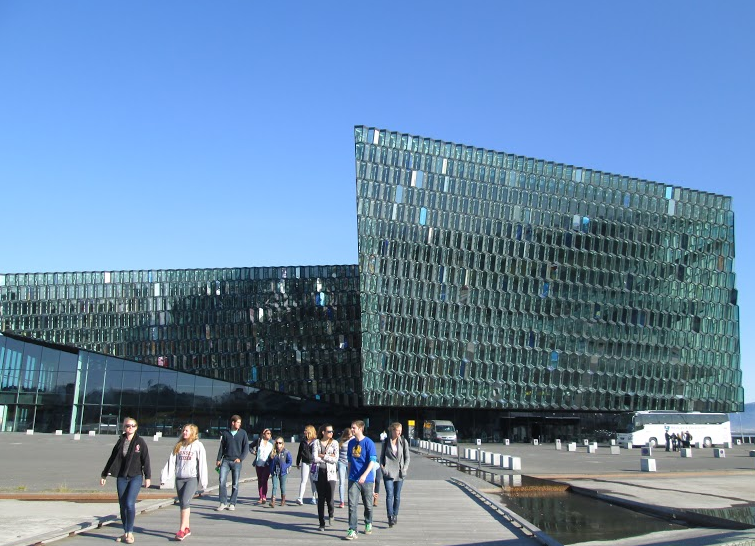Code Green Solutions


The Harpa Concert Hall & Conference Centre sits on the water at the northern edge of downtown Reykjavik, offering fantastic views of the harbor and downtown. The site is isolated, with no adjacent neighbors, which allows the building to reflect the scenery without disruption.
The concert hall complex is part of the East Harbor Project, Reykjavik’s extensive harbor redevelopment initiative. The objective of the project is to expand and revitalize the area with a new downtown area featuring retail, lodging, residences, schools, and mixed industry facilities.
Inspired by basalt crystals and the aurora borealis, the glass façade reflects images of the harbor and city during the day, and glows against the night sky after dark. The southern façade is comprised of over 1,000 twelve-sided modules called ‘quasi-bricks’ (see image above). The quasi-bricks were constructed out of steel and high-performance glass, and can be removed from the wall assembly for maintenance or repair.
Due to their cellular nature, the quasi-bricks not only reflect the views of the harbor and sky, they also refract the light into the core of the building, providing natural light in the common areas. The other faces of the building are clad with two-dimensional representations of the quasi-bricks, which were created using building information modeling, finite element modeling, and other digital techniques and physical models.
The interiors of the Centre contrast starkly with the light exterior. The dark stone of the hallways and interior walls calls to mind the obsidian rock formed by the island’s volcanoes, and the dark red symphony hall is reminiscent of their lava flows.